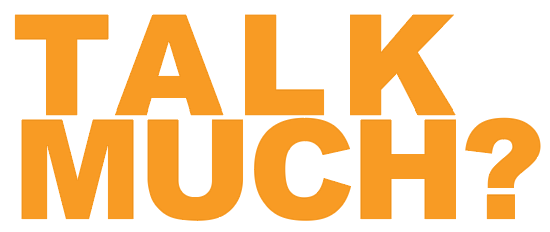On clothes, tags usually indicate the brand, size of the garment, fabrics used, and the washing instructions. In Web pages, tags indicate what should be displayed on the screen when the page loads. Tags are the basic formatting tool used in HTML (hypertext markup language) and other markup languages, such as XML. For example, to create a table on a Web page, the <table> tag is used. The data that should be inside the table follows the <table> tag, and the table is closed with a </table> tag.
If you want something to show up in bold on a Web page, you would use the bold tag. For example, the HTML:
This site is the <b>best website</b> ever!
would show up as:
This site is the best website ever!
Since there is often a need to format content within more general tags, the tags can be “nested,” meaning one tag can enclose one or more other tags. For example:
<span style=”font-family: Times”>This is the Times font, and <i>this is in italics</i>. Pretty exciting, huh?</font>
would should up as: This is the Times font, and this is in italics. Pretty exciting, huh?
Tags are a fundamental part of HTML and they are pretty simple to understand. If you want to build a Web site of your own, you can either create it from scratch (using a text editor and typing your own tags) or you can use a layout program like Macromedia Dreamweaver, which will generate the tags for you. Best of all, tags used in markup languages don’t itch or chafe your neck.
